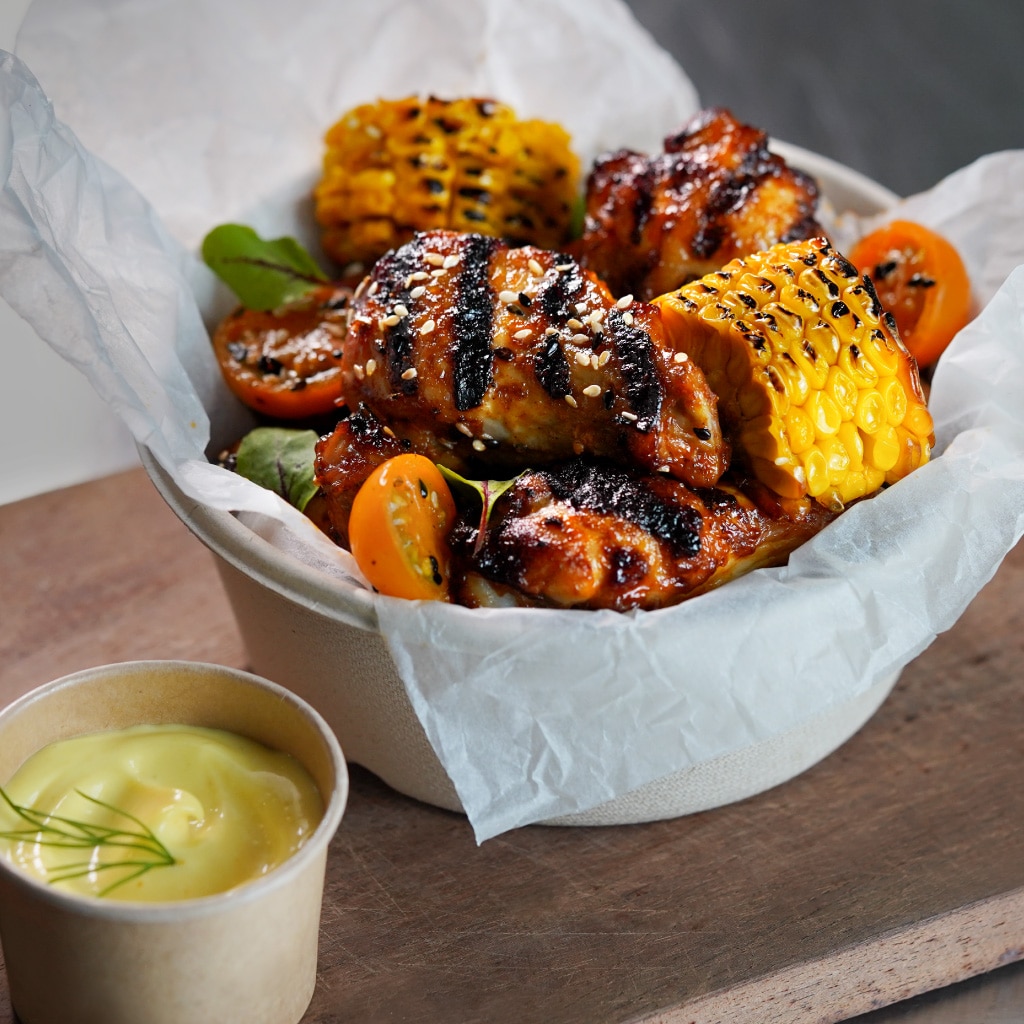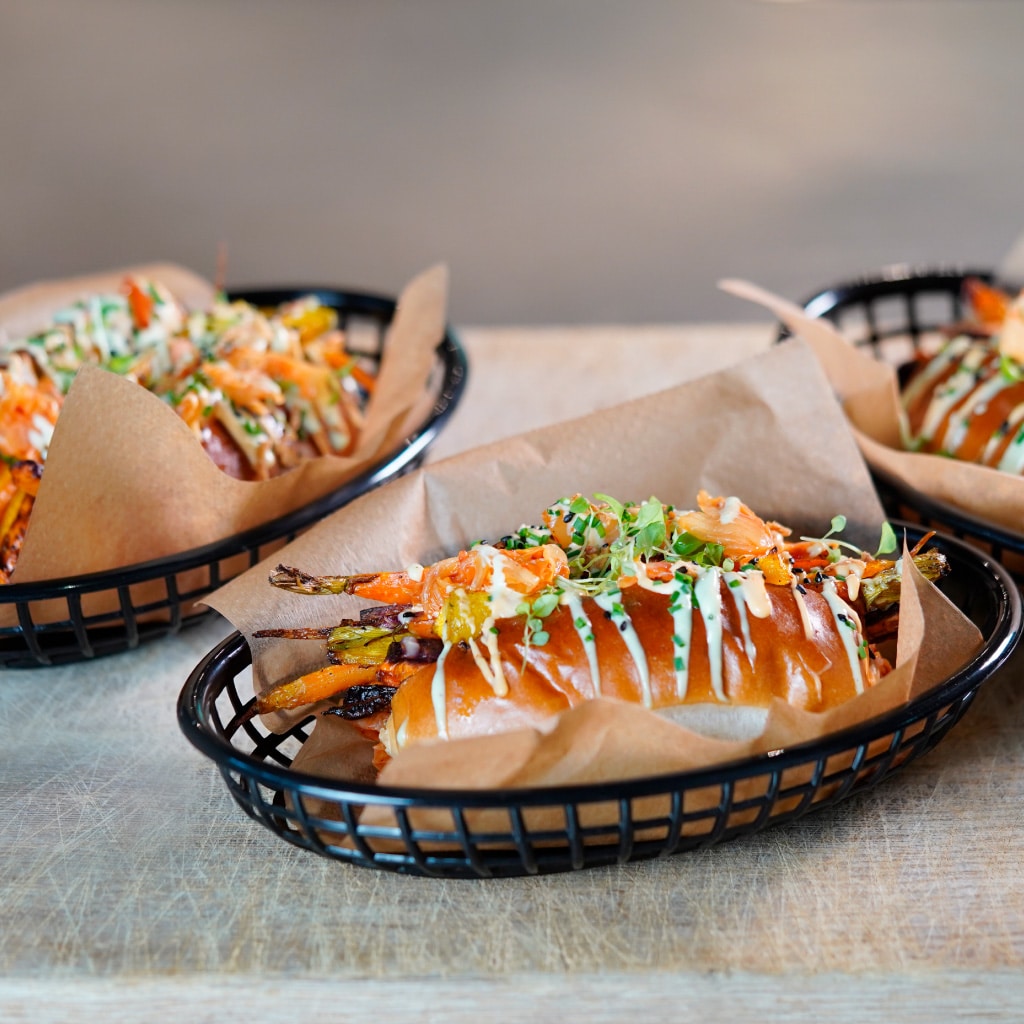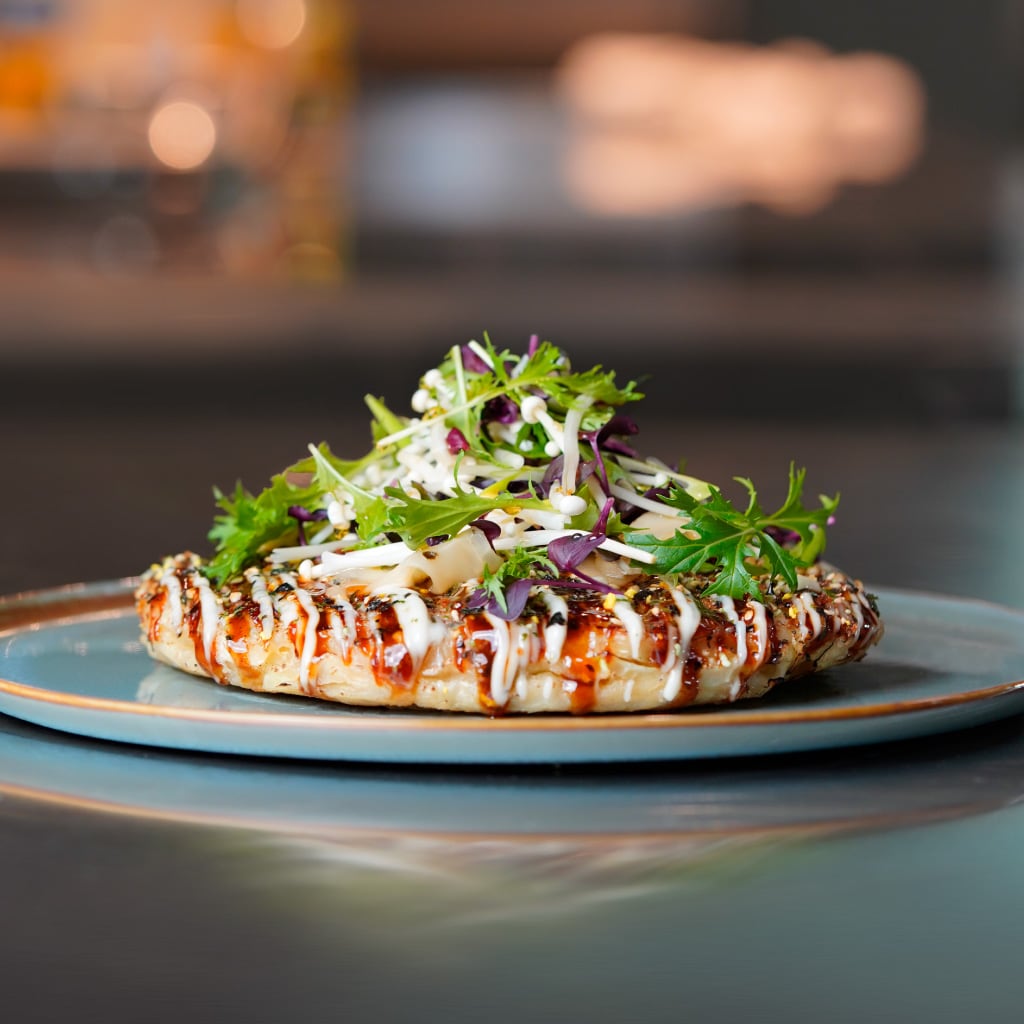Discover new trends in Asian BBQ
One of the fastest-growing trends on the global food scene is the rise of Asian BBQ flavours. It offers something different to the Indian and Middle Eastern techniques we often see. Plus, it satisfies customers’ cravings for zest, spice and sweetness in meat and vegetable dishes. With international travel reduced for the foreseeable future, demand for international flavours is only going to increase.
These techniques will show you the main trends to focus on and how you can incorporate some of the methods, ingredients and flavours into your dishes in a practical way.
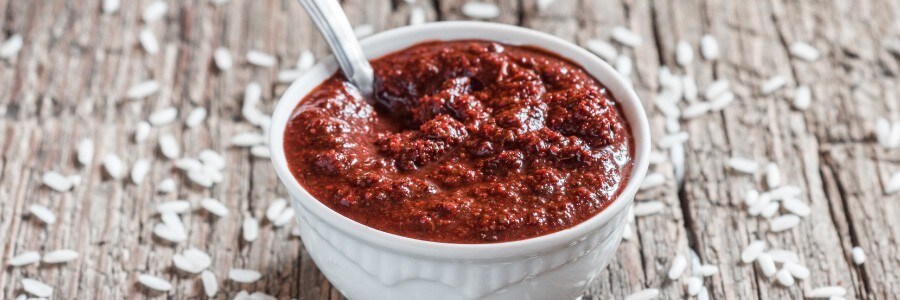
Add Gochujang twist to your dishes
Korean cuisine has grown hugely in popularity in recent years, and their BBQ flavours are world-class. When you’re exploring a whole new trend, it can be difficult to know where to begin and how to tie it into your menu. For that reason, gochujang is a great starting point for Korean BBQ. Gochujang is a fermented soybean paste that works great as a marinade or sauce to give dishes that umami hit. Combine Gochujang with Knorr Professional Teriyaki Sauce, sesame oil, black pepper and garlic for a mouth-watering marinade for chicken or vegetables. If your clientele are already fans of Chinese food, Korean BBQ could be a good next step to meet the demand for new flavours and experiences.

Try Yakitori Style
Japanese BBQ is still a novelty in GCC countries, so if you can find ways to show off your skills in this area, you’re sure to attract new diners. The Robata (short for ‘robatayaki’) grill, using special Kishu Binchotan coal, is traditionally used for yakitoris as it generates the high heats needed for great BBQ, without the smoke or odour of regular charcoal. It aims for a scorching hot, glowing burn, where chefs have to alter the distance of the food from the heat to control the cooking. For restaurants without a Robata, simply adapt the style by serving small bamboo skewers of bite-sized meats, wings or even tofu. Add these bite sized offerings to your starters menu as a sharing plate.
You can bring vegetables to the grill too – think eggplants or zucchinis for a veggie take to this Japanese BBQ trend. Add a twist to the traditional yakitori glaze by combining Knorr Teriyaki sauce with miso (fermented soy bean paste), sesame oil and chilli oil. Go one step further and add an interactive dining experience to serve small skewers with different kinds of flavoured salt as sprinkles, with toasted sesame seeds, finely sliced spring onions or bonito flakes.
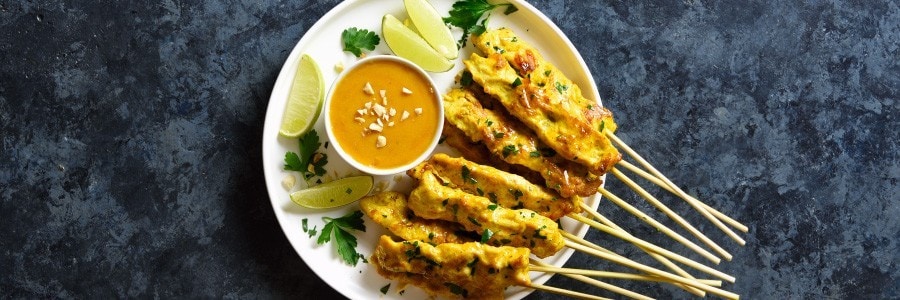
Spotlight on Satay
Lots of Southeast Asian countries draw inspiration from Indonesian satay. This sweet, spicy, nutty BBQ technique from South East Asia is a must-try for chefs to incorporate easy delivery-friendly appetizers into their menus. South East Asian BBQ flavours stand out thanks to the meats being strongly marinated, generally with a sweet, salty and sour marinade that contributes to caramelisation on the barbecue.
The satay generally uses turmeric powder which is responsible for their yellow hue after cooking. Depending on the region, the marinade can be mixed with garlic, coriander leaves, chillies, soy sauce or fish sauce and often served with a condiment of ketchup manis (sweet soy sauce) or a spicy peanut sauce. However, there are other variations to explore.
For example, BBQ in the Philippines can be slightly different due to its American and Chinese influences. Street-side BBQs are often marinated with a mix of ketchup, soy sauce or pineapple juice with garlic and peppers or a simple mix of soy, calamansi, vinegar and pepper.
Satay is best served with a combination of soy and peanut sauce, but if you’re concerned for your guests with peanut allergies, substitute peanuts with Tahini combined with our Knorr Professional Teriyaki sauce to recreate a nut-free sate sauce.
These tips will help you bring some of the Pan-Asian elements into your menu without starting again from scratch - a must-try for chefs seeking new, exciting flavours. These Asian barbeque trends are still gaining momentum in Arabia, so if your business can lead the way, it could help establish you as a taste-making food destination.
